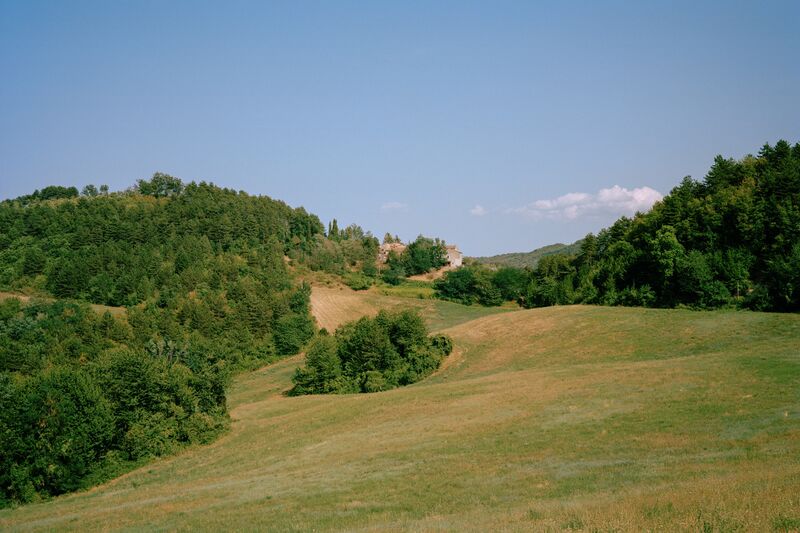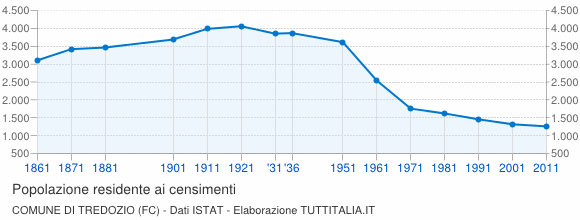User:Jacopo/secondyear: Difference between revisions
| Line 63: | Line 63: | ||
Departing from the previous analysis, I'll bring some questions and reflections around the contextualization of my project within the local boundaries. | Departing from the previous analysis, I'll bring some questions and reflections around the contextualization of my project within the local boundaries. | ||
=== | ===✐The first contact with the community=== | ||
After understanding the context and starting to map out the different possibilities offered by this environment and the support of the three municipalities, my intention is to show up and describe the first edition of Habitat by providing an overall map of the participants, approaches, methodologies, interventions sites, projects and prototypes, emphasizing the process rather than the end result. | After understanding the context and starting to map out the different possibilities offered by this environment and the support of the three municipalities, my intention is to show up and describe the first edition of Habitat by providing an overall map of the participants, approaches, methodologies, interventions sites, projects and prototypes, emphasizing the process rather than the end result. Affordance as a target. The aesthetic is not as a purpose. | ||
==2.== | ==2.== | ||
Revision as of 18:29, 14 November 2021
(Parasite2.0)
+---------------+
/-| Fantasy |-\
+----------------+ /- +---------------+ -\ +-----------------+
| | +---------------+ +---------------+ /- +---------------+ -\ | |
| External World |-------| Understanding |-------| Memory --------| Invention |-------| Imagination |
| | +---------------+ +---------------+ \- +---------------+ -/ | |
+----------------+ \- +---------------+ -/ +-----------------+
| \-| Creativity |-/ |
| +---------------+ |
| |
| +-------------------------+ |
|----------------------------------| Production |-------------------------------------
+-------------------------+
'
drifting memories laying on the stones of present
time dripping inside wild cave in Vercors mountains
voice of a soul processing being caught in a cloud on a hill
enormous space we can free inside and outside for selves
moment becomes present
memory dance
resonating with a mood at the door to a new year of life
water giving and washes away
everything is already there
(Perila)
Questioning
On a theoretical layer: How the publishing process, (as a means to unfold and re-tell the reality) could create new, cultural roots for social and micro-territorial developments? What kind of infrastructures a residency and collective workshop would need in order to facilitate the sharing of processes and knowledge? And how they could be used to re-think the future we live in? Could a constellation of smaller eco-systems be the way to decentralize political and monetary power, recalibrating our lives based on urgent and real needs? What could we learn from smaller realities such as rural villages in order to build new, modern and almost self-reliant communities?
How the circulation of knowledge, processes and results achieved during the residency could be turned into concrete actions which could help both the local community and the artists' development?
How the set of traditions and local heritage could be used as a set of tools for better understanding the present?
On a practical layer: How to amplify territorial-based narrations? How to approach local archives? And how to create new, vernacular imaginaries?
A journey into the building up of a new, ultra-territorial community-based model aiming to re-create the ideal environments for a participative, cultural development.
Project Proposal
Thesis Outline
✐ Statement
✐Introduction
In December 2020 I've been reached by the Vice-major of Tredozio, a village on the edges of Appennines between Emilia Romagna and Tuscany (Italy) - away from industrial flatlands and congested urban agglomerations, where the hills and the cultivated fields start to leave space in favour of (still) not urbanised lands and resilient eco-systems. The purpose of our meeting was to brainstorm ideas and possibilities for a cultural-rooted programme to start there. From that moment, I've been constantly busy thinking about a small-scale approach for publishing, which emerges from the local specificity trying to resonate with the actual ultra-territorial potential. This chapter will introduce the overall framework of my research, by locating it in a specific time and space condition.
1.
✐ Mapping the Present, Understanding the local conditions
The places we inhabit correspond to a specific stratification of social, cultural, economic and natural layers, which outline the ever-going process of building, destroying and modifying the space we live, translating it into different systems shaping our cities. According to Ugo La Pietra in "LIVING IN THE CITY", the commercial, the streams (viability, urbanism), the ludic, the cultural, the informative and the "decompression" one are the main systems that define our ways of living and related behaviours. I would refer to this structure to unfold the local context and analyze the actual, local conditions in which my project is going to be rooted.
✐ The potential relevance of Habitat in that specific context
Departing from the previous analysis, I'll bring some questions and reflections around the contextualization of my project within the local boundaries.
✐The first contact with the community
After understanding the context and starting to map out the different possibilities offered by this environment and the support of the three municipalities, my intention is to show up and describe the first edition of Habitat by providing an overall map of the participants, approaches, methodologies, interventions sites, projects and prototypes, emphasizing the process rather than the end result. Affordance as a target. The aesthetic is not as a purpose.
2.
✐ Mapping the first edition' outcomes
✐ Possibilities for a partecipative action
✐ Tooling the local bubble: Local circulation and ultra-territorial bridges
✐ Relevance on a small scale
Conclusions
✐ Self-reflected local implicancy or bootstrappable model?
Considerations
Conceptual Outline
"..social practice artists create forms of living that activate communities and advance public awareness of pressing social issues." (Thompson, 2012, p.8)
"The small local intervention has become the basic unit of contemporary art" (Boomgard, 2004, p.23)
Could the impact of different ultra-territorial publishing practices departing from remote, small-scaled areas offer new cultural trajectories and social developments to apply on a wider scale? What the curator Nicolas Bourriaud in the 1990s described as "the tendency to make art based on, or inspired by, human relations and their social context", also known as Relational Aesthetics, inevitably takes into practice while considering the sources for inspirations and the spaces for local-publishing. And then, "The interconnectivity (participation, sociality and conversation and "the civic") reveals a peculiar historic moment in which these notions aren't limited to the world of contemporary art, but includes various cultural phenomena which have cropped up across the urban fabric." (Thompson, 2012, p.19)
When I've been firstly approached by Lorenzo, in late January 2021, I couldn't even imagine how that meeting would change my life. Lorenzo, while being the guy kindly helping clumsy elders at his phone shop, never breaking down the smile upon his face, he's also the vice-major of Tredozio. I had the feeling that he must learn a lot in the shop, how to listen to any people complain or doubt while trying to help, concretely. Because 5G must work everywhere, and anywhere, and possibly without paying too much. That kind of approach that you would find in some other almost-paper figures making important decisions, for us, citizens of the "Bella Italia", but also citizens of the world (even if what's around borders don't bother us too much). He told me about Tredozio, and the lack of youths still trying to do something for their village. Apparently, everyone is moving away. But not also apparently:
Why do you want to write this text? I want to write this text to narrate the processes, both theoretically and practically I'm going through for building Habitat, an ultra-territorial residency and collective workshop which take place in Tredozio in Italy, which aims to develop new possible cultural roots for the territory, while valuing the actual vulnerability of human coexistence within the landscape he's been creating.
Outline of Methodology Habitat is working for me as a life experimentation playground, which gives me the possibility to think simultaneously to urgent needs in terms of changes of life conditions, but also the opportunity we have to act within the limits of specific places. This environment lets me think about a virtuous sharing circle for essential goods as much as for knowledge.
The process starts by collecting, analyzing, and then re-elaborating the material that's been initiated during the first month of residency (August 2021), between Tredozio, Rocca S. Casciano and Portico e San Benedetto. Several interviews and podcast have been recorded during the first Habitat's manifestation. Different artists were invited to spend some time in the village of Cà de Monti, experiencing in person the conviviality of the place and the creative opportunities offered by the environment.
While doing that, I'm doing steps forward in relation to the tools I've learned last year: from Etherpad 2 HTML, handling a website started from scratch, Online broadcasting, but also the idea of creating my own environment. ...
Guidelines
Introduction- overview [500 words]; Chapter 1 [2000 words]; Chapter 2 [2000 words]; Chapter 3 [2000 words]; Conclusion [500 words] = 7000 + Bibliography + Annotated bibliography (five texts max). Synopsis of 5 texts that will be central to the thesis. –––––––––––
Pads
- https://pad.xpub.nl/p/20210928_xpub2
- https://pad.xpub.nl/p/jacopo.thesisnotes
- https://pad.xpub.nl/p/2021-10-05-xpub2
GRS




